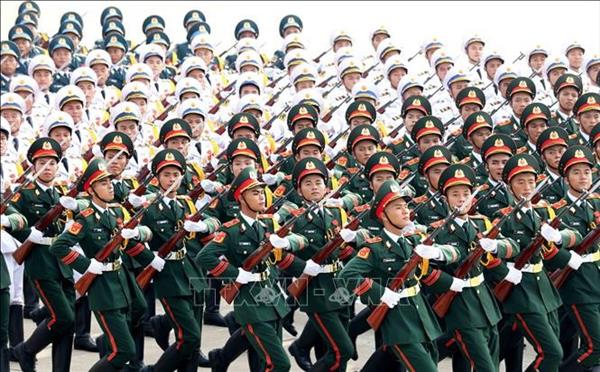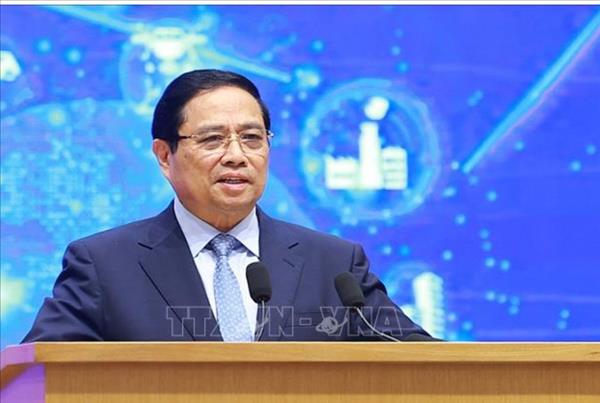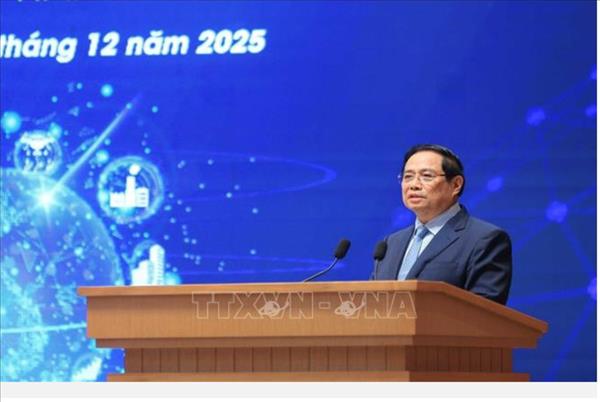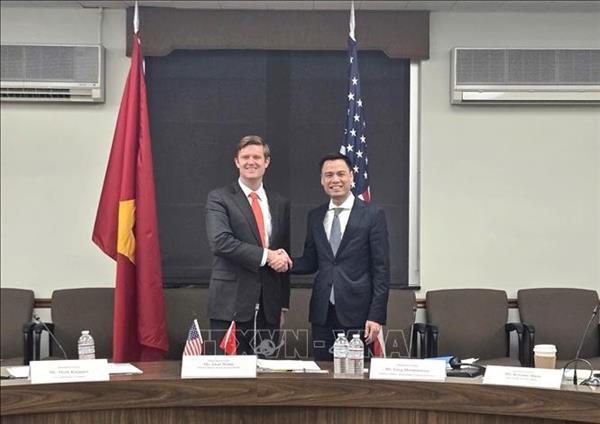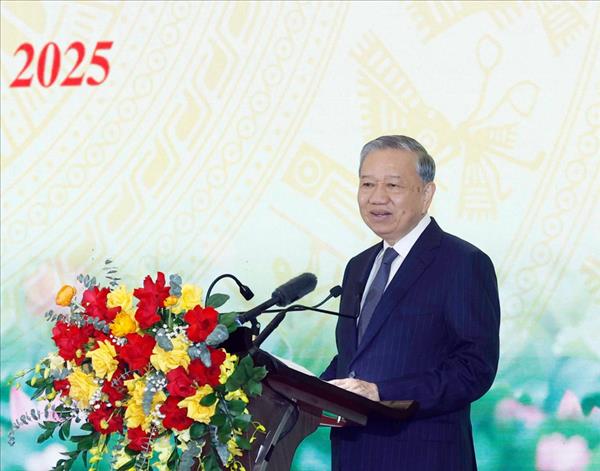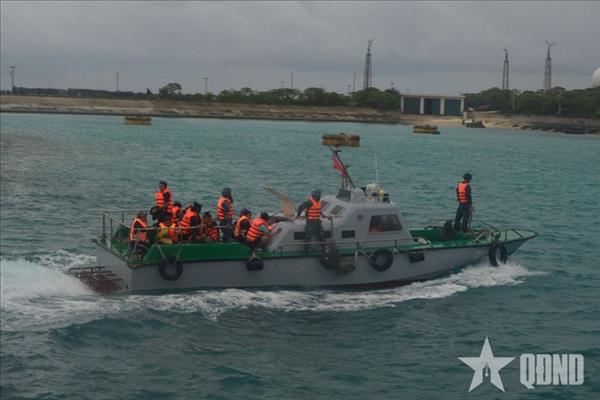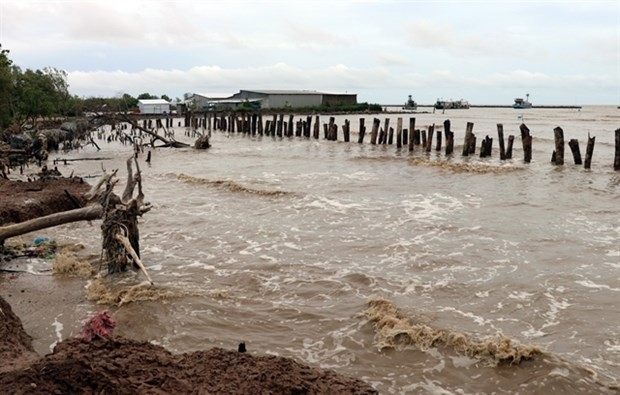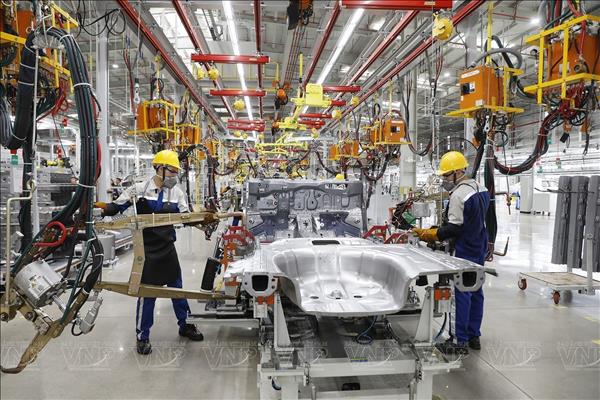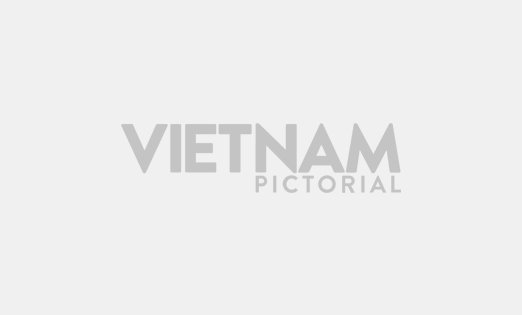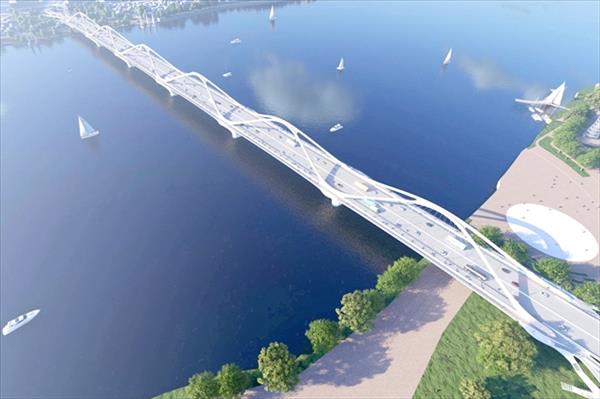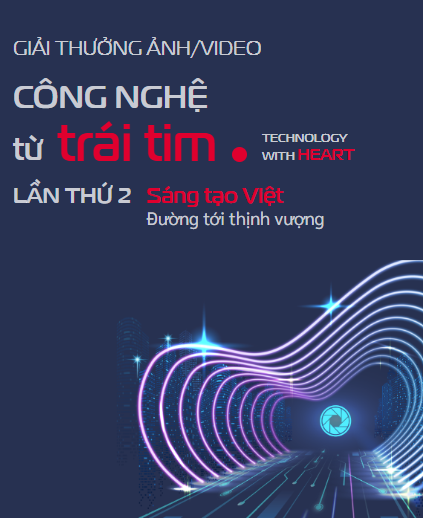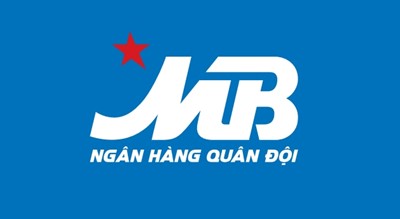At a working session with local leaders, Manhart spoke highly of potential in the Lang Son geopark area and urged the province to continue perfecting the dossier to be submitted to UNESCO for global recognition.
The dossier should clarify the necessity and differences of the Lang Son geopark as compared with the Dong Van Karst Plateau UNESCO Global Geopark and the Non Nuoc Cao Bang Global Geopark, he said, asking Lang Son to outline a comprehensive, sustainable management plan.
Speaking at the meeting, Vice Chairman of the provincial People’s Committee Luong Trong Quynh said the Lang Son geopark was established in 2021, encompassing the five districts of Bac Son, Binh Gia, Chi Lang, Huu Lung and Van Quan. Its total area is over 3,800 sq.km with a population of 375,656, accounting for some 46.3% of the province's area and 48.1% of its population.
Archaeologists discovered remains of Homo Sapiens, the first modern humans, evolved from their early hominid predecessors 470,000 years ago, and Hoiosapiens, 30,000 years ago, and other signs of early humans in the park, proving that the Lang Son geopark is one of the cradles of ancient Vietnamese.
The geopark is home to Nung, Tay, Kinh, Dao, Hoa, San Chay and Mong ethnic minority groups, who boast special cultural values, especially the Mother Goddess worship and Then signing, which won UNESCO recognition in 2016 and 2019.
The province has instructed departments, agencies, and localities to step up integration and international cooperation, engage in activities of the Global Geopark Network of UNESCO, and invite domestic and international experts to build, evaluate, and perfect the dossier.
The local official called on UNESCO to assist Lang Son in building and developing the geopark, and in completing the dossier, while enhancing cooperation with the province in other spheres such as culture and heritage./.


